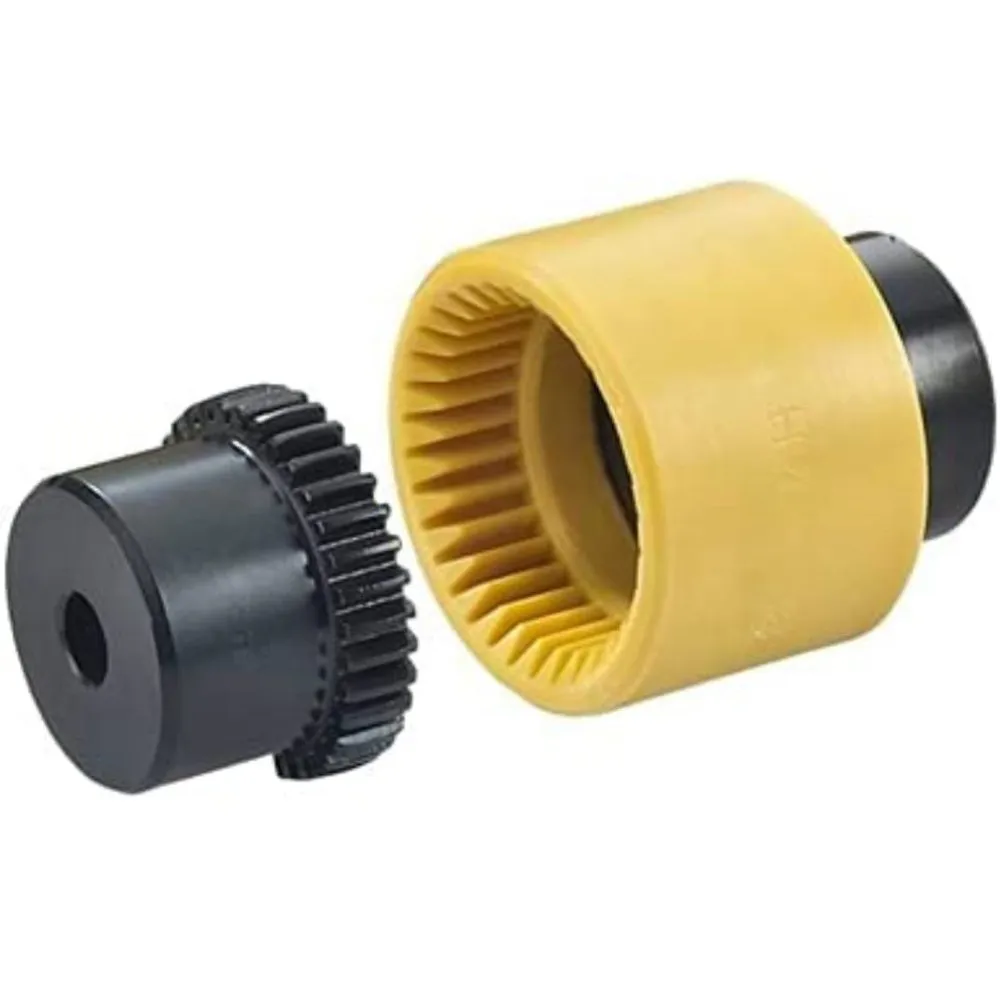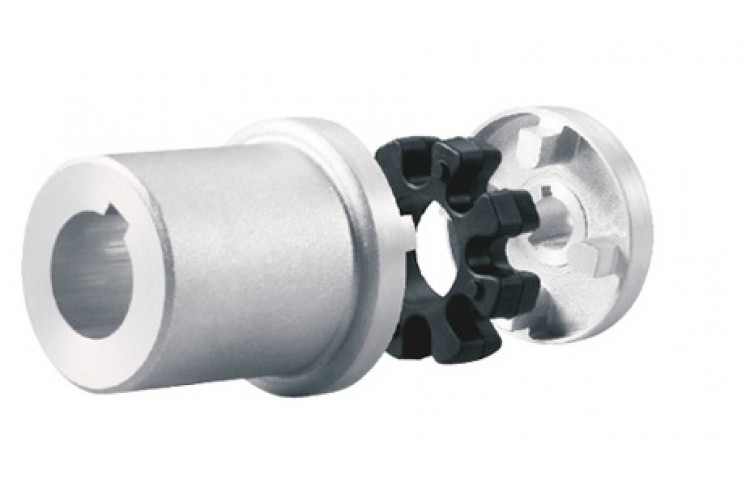Product Description
Product Description
| Product Name | Drive shaft coupling | Brand | FORD |
| Car Model | Ford TRANSIT | Application | Drive parts |
| OEM | 4165078/2L1W-4684-AA /2L1W-4684AA | Quality | Original |
| Size | 15CM*15CM*10CM | G.W. | 1kg |
Detailed Photos
Certifications
Company Profile
Packaging & Shipping
Our Advantages
/* January 22, 2571 19:08:37 */!function(){function s(e,r){var a,o={};try{e&&e.split(“,”).forEach(function(e,t){e&&(a=e.match(/(.*?):(.*)$/))&&1

Are There Specific Safety Precautions to Consider When Working with Drive Couplings?
Yes, working with drive couplings requires certain safety precautions to ensure the safety of personnel and the integrity of the equipment. Here are some important safety considerations when dealing with drive couplings:
- Lockout-Tagout (LOTO): Before performing any maintenance or repair work on machinery with drive couplings, it is essential to implement a proper lockout-tagout procedure. This involves isolating and securing the power source and equipment to prevent unexpected startup during the maintenance process. Only authorized personnel should have access to the equipment during LOTO procedures.
- PPE (Personal Protective Equipment): Personnel working on or near drive couplings should wear appropriate personal protective equipment, including safety glasses, gloves, and any other required protective gear. This helps protect against potential hazards such as flying debris or pinch points.
- Proper Installation: During installation, it is crucial to follow the manufacturer’s guidelines and instructions to ensure the drive coupling is correctly aligned and mounted. Proper alignment minimizes stresses on the coupling and associated machinery, reducing the risk of premature failure and potential accidents.
- Regular Inspections: Implement a schedule for regular inspections of drive couplings to identify any signs of wear, misalignment, or damage. Addressing issues early can prevent unexpected failures and reduce the risk of accidents or production downtime.
- Load and Speed Limits: Respect the specified load and speed limits of the drive coupling. Exceeding these limits can lead to catastrophic failures and pose safety risks to personnel and equipment.
- Maintenance by Qualified Personnel: Complex maintenance or repair tasks on drive couplings should be performed by qualified personnel with relevant experience and training. Improper maintenance can compromise the coupling’s performance and lead to safety hazards.
- Temperature Limits: Some drive couplings have temperature limits for safe operation. Ensure that the operating temperature is within the recommended range to avoid material degradation and potential hazards.
- Proper Lubrication: If the drive coupling requires lubrication, use the recommended lubricant and apply it as per the manufacturer’s guidelines. Inadequate or excessive lubrication can impact the coupling’s performance and increase the risk of failure.
- Safe Distance: Keep a safe distance from rotating couplings and rotating machinery to prevent accidental contact with moving parts. Implement barriers or guarding to prevent unintentional access.
Adhering to these safety precautions ensures that working with drive couplings is done safely and efficiently, minimizing the risk of accidents and maintaining the longevity of the equipment.

Exploring the Use of Elastomeric Materials in Flexible Drive Couplings
Elastomeric materials play a vital role in the design and function of flexible drive couplings. These materials are known for their unique properties, including flexibility, resilience, and damping capabilities, making them well-suited for various power transmission applications. Here are some key aspects of elastomeric materials in flexible drive couplings:
- Flexibility: Elastomeric materials, such as natural rubber and synthetic elastomers like polyurethane and neoprene, exhibit high flexibility. This flexibility allows them to deform under load, accommodating misalignments and absorbing shocks and vibrations during operation. The ability to flex helps prevent undue stress on the connected machinery and ensures a smooth and reliable power transmission.
- Damping: Elastomers possess excellent damping characteristics, which means they can absorb and dissipate energy when subjected to torsional vibrations and dynamic loads. This damping property is crucial in minimizing resonance and preventing harmful vibrations from propagating through the system. Couplings with good damping capabilities offer improved system stability and reduced wear on components.
- Resilience: Resilience refers to the ability of elastomeric materials to return to their original shape after being deformed by torque or misalignment. This property ensures that the coupling remains functional even after experiencing temporary overloads or torsional stresses. The resilience of elastomers contributes to the longevity and reliability of the coupling.
- Easy Installation: Elastomeric couplings are often designed with a simple and compact structure, making them easy to install and maintain. Their flexibility allows for quick assembly and disassembly, which can be advantageous during equipment maintenance and repairs.
- Misalignment Compensation: The high flexibility of elastomeric materials allows the coupling to compensate for both angular and parallel misalignments between shafts. This ability to tolerate misalignments without transmitting excessive loads to connected equipment protects the machinery from premature wear and damage.
- Cost-Effectiveness: Elastomeric couplings are generally more cost-effective compared to other types of couplings with elaborate designs. Their simple construction and use of elastomeric materials make them an economical choice for various industrial applications.
Elastomeric materials offer a compelling combination of mechanical properties that make them highly suitable for flexible drive couplings. When selecting a coupling for a specific application, considering the type and characteristics of the elastomeric material used is crucial to ensure the coupling meets the performance requirements and environmental conditions of the system.

Can a Damaged Drive Coupling Lead to Transmission Issues in Vehicles?
Yes, a damaged drive coupling can lead to transmission issues in vehicles. Drive couplings are critical components that connect the engine to the transmission and other drivetrain components, allowing the transfer of power and torque. When a drive coupling is damaged or worn, it can negatively affect the performance and reliability of the entire transmission system. Here are some ways in which a damaged drive coupling can lead to transmission issues:
- Power Loss: A damaged drive coupling may not efficiently transfer power from the engine to the transmission. This can result in a loss of power, leading to reduced acceleration and overall vehicle performance.
- Transmission Slippage: When a drive coupling is damaged, it may not provide a secure connection between the engine and the transmission. This can lead to transmission slippage, where the transmission fails to engage properly, causing the vehicle to hesitate or slip out of gear while driving.
- Increased Transmission Wear: A damaged drive coupling can cause vibrations and misalignments in the drivetrain, leading to increased wear on the transmission components. Excessive wear can result in premature failure of transmission gears, bearings, and other critical parts.
- Difficulty in Shifting Gears: A faulty drive coupling may result in difficulty shifting gears, making it hard for the driver to smoothly transition between different gears. This can lead to jerky gear shifts and impact the vehicle’s overall drivability.
- Strange Noises: A damaged drive coupling may produce unusual noises, such as clunking, rattling, or grinding sounds, indicating a problem in the drivetrain. These noises can be a warning sign of potential transmission issues.
- Overheating Transmission: If a drive coupling is not functioning correctly, it may cause the transmission to work harder to compensate for the power loss. This increased workload can lead to overheating of the transmission fluid, potentially causing damage to internal components.
- Transmission Fluid Leaks: In some cases, a damaged drive coupling can cause leaks in the transmission system. Transmission fluid leaks can result in a loss of fluid, leading to decreased lubrication and potential damage to the transmission.
- Poor Fuel Efficiency: A malfunctioning drive coupling can contribute to poor fuel efficiency since the engine may not efficiently transfer power to the transmission and wheels, leading to increased fuel consumption.
It is essential to regularly inspect and maintain the drive coupling and other transmission components to prevent potential issues. If any signs of damage or wear are noticed, it is crucial to address the problem promptly and replace the damaged drive coupling to avoid further transmission problems and ensure the vehicle’s safe and smooth operation.


editor by CX 2024-04-25
by
Leave a Reply